Tel: 01474 876800 • Client Portal
- Who We Are
- What We Do
- Build
- Carpentry
- Building Works
- Commercial Flooring
- Commercial Glazing
- Commercial Locksmith
- Commercial Painting & Decorating
- Commercial Plastering
- Commercial Plumbing
- Commercial Refurbishment
- Commercial Roofing
- Design & Construction
- Electrical Installation
- Hard & Soft Landscaping
- Mechanical & Electrical
- Office Builders
- Office Fit Outs
- Office Heating
- Office Partitioning
- Office Relocation
- Site Management
- Maintain
- 24 Hour Helpdesk
- Access Control
- Air Conditioner Repair
- Air Conditioning Servicing
- Commercial Boiler Servicing
- Commercial Electricians
- Commercial Ground Maintenance
- Commercial Pest Control
- Commercial Property Maintenance
- Drain Unblocking
- Emergency Callouts
- Emergency Light Testing
- Facilities Management
- Fire Alarm Testing
- Fire Extinguisher Testing
- Fire Sprinkler Testing
- Fixed Wire Testing
- Handyman Service
- Lift Servicing
- Office Health & Safety
- PAT Testing
- Planned Preventative Maintenance
- Reactive Maintenance
- Roof Maintenance
- TMV Maintenance
- Water Hygiene
- Clean
- Build
- How We Do It
- Why Use Us
- Contact
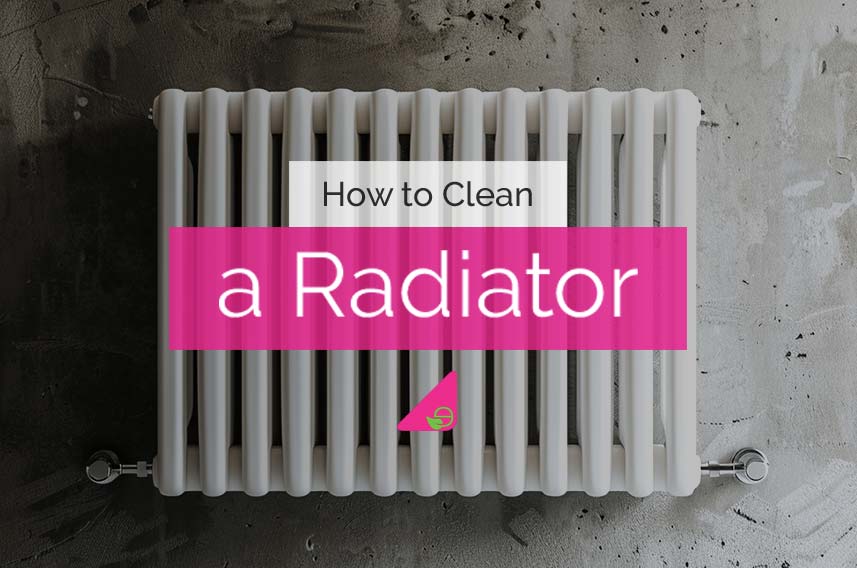
How to Clean a Radiator
Radiators provide warmth and comfort in our homes, yet, despite their essential role, they often escape our attention until a layer of dust and grime unveils their neglected state.
But how do you clean a radiator effectively?
A clean radiator not only transforms the aesthetic appeal of a room but also ensures that it operates at peak efficiency, efficiently spreading warmth throughout your living space.
In this article, we’ll teach you exactly how to clean a radiator, things to avoid, the benefits to having a clean radiator, and how often you should be cleaning your radiators.
Whether you own a timeless white design blending seamlessly with the walls or a radiant chrome masterpiece demanding attention, we’ll equip you with the knowledge and steps needed to rejuvenate your radiator.
Table of Contents
What You Will Need
Before diving into the cleaning process, gather the necessary tools:
Vacuum Cleaner
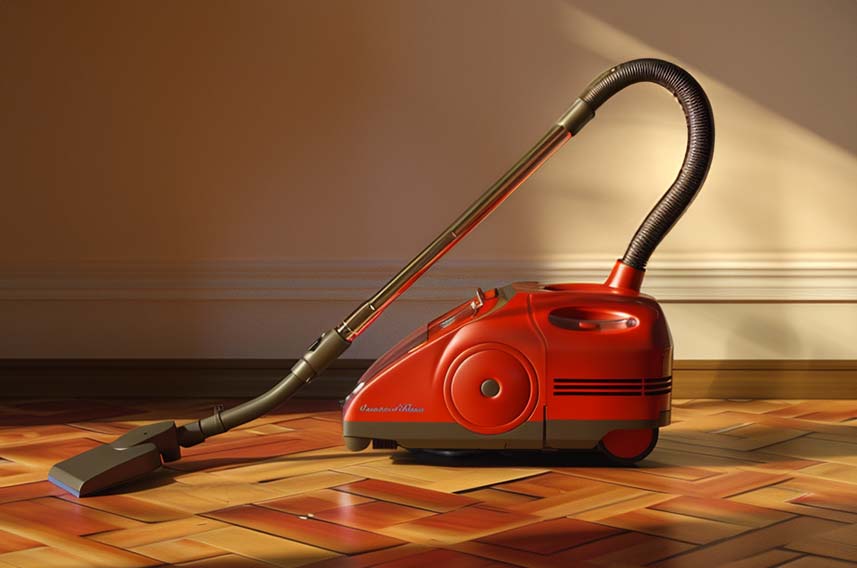
Radiator Brush
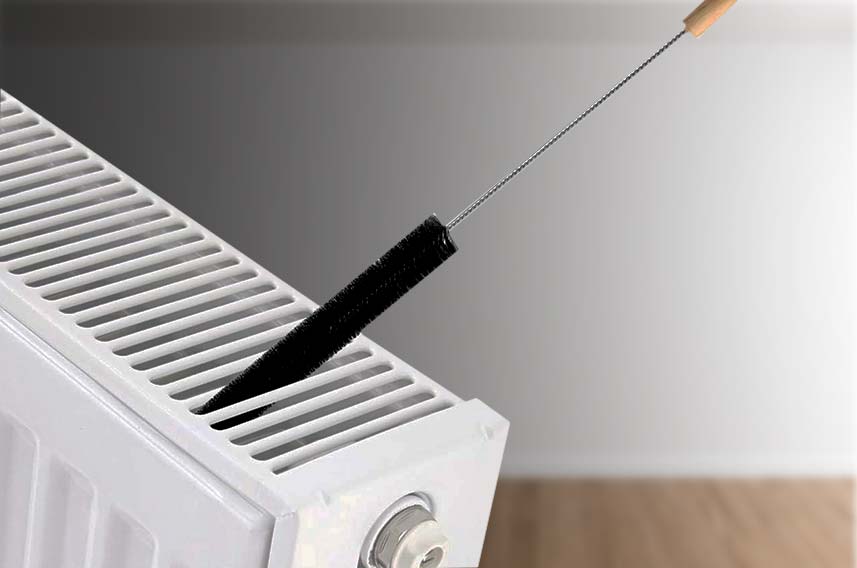
Ideal for reaching between fins and tight spaces.
Microfibre Cloth
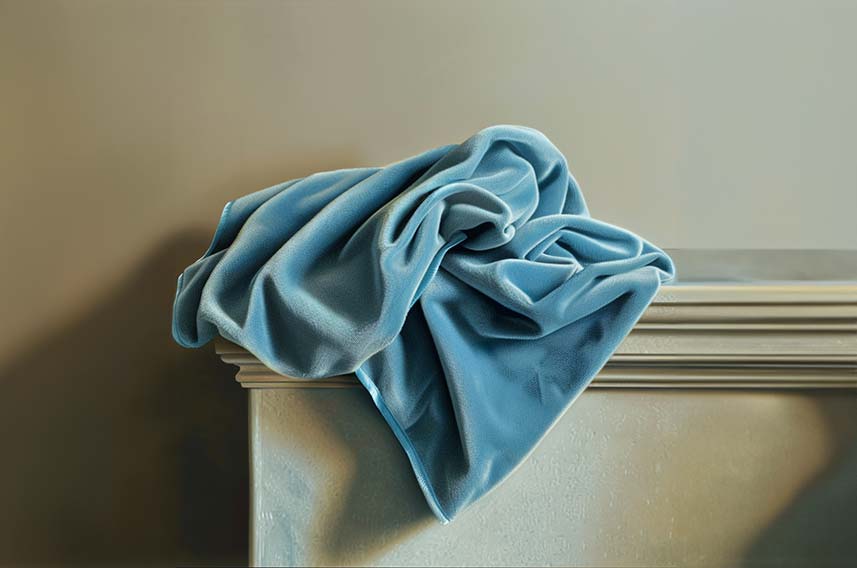
Sponge
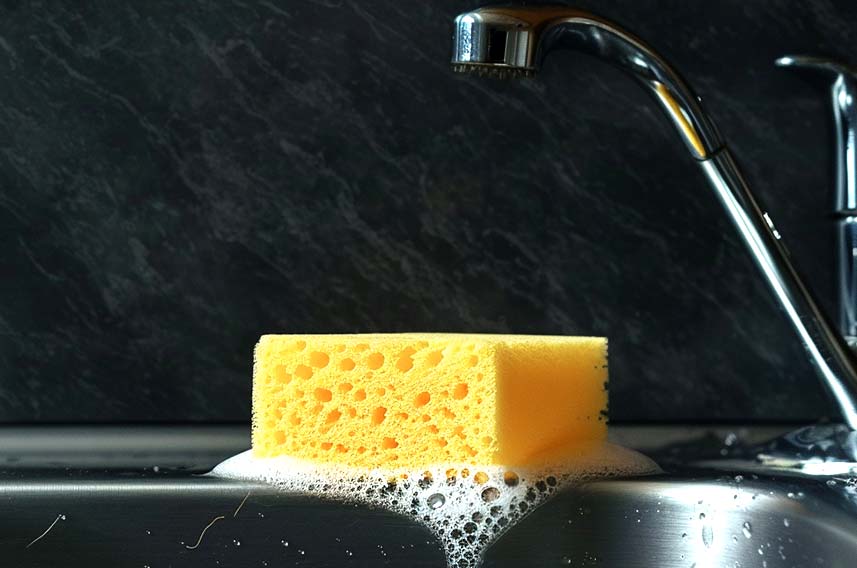
Soap and Water
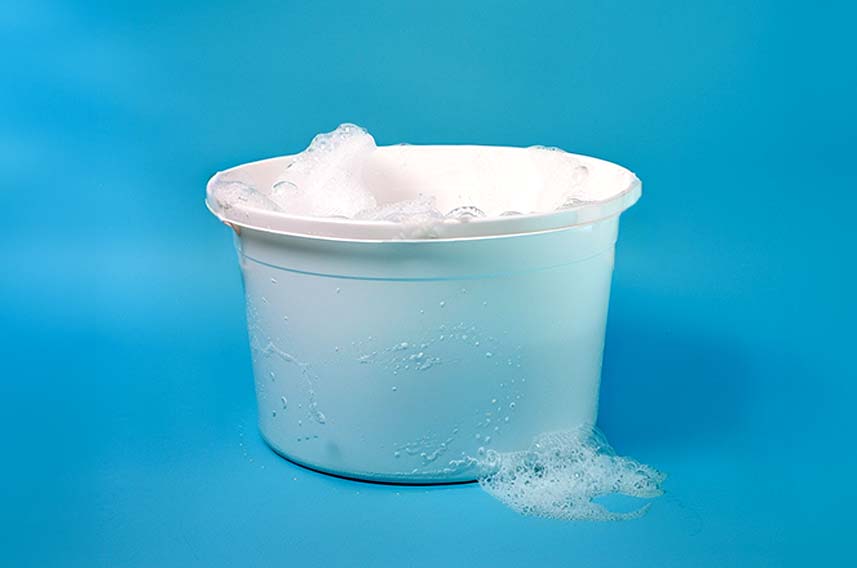
How to Clean a White Radiator
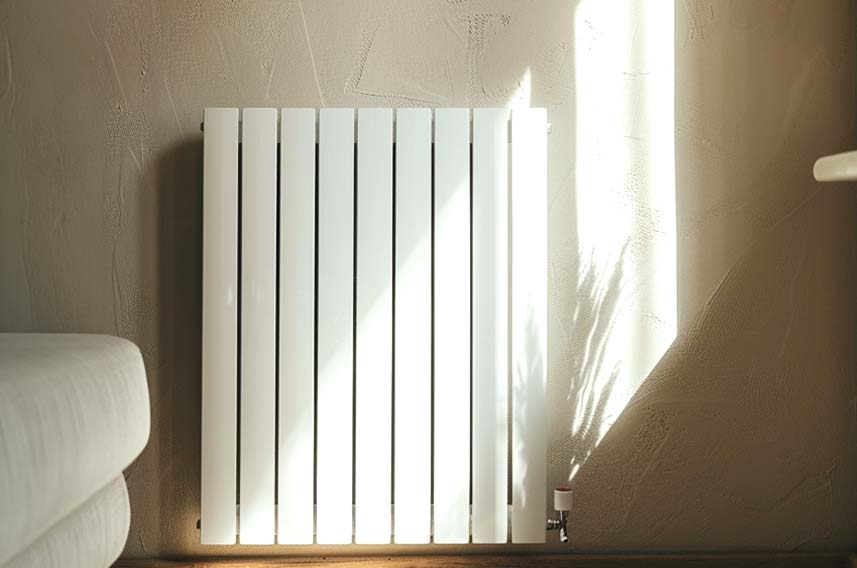
Follow these steps to achieve an effective and thorough radiator clean:
Turn Off the Heating System
Begin by ensuring the radiator is cool, promoting safety during the cleaning process.
Vacuum the Surface
Utilise a vacuum cleaner with a brush attachment to remove loose dust and debris, preventing it from resettling during cleaning.
Use a Radiator Brush
Employ a specialised radiator brush to reach between fins and into tight spaces, dislodging trapped dust that a broader tool might miss.
Wipe Down with a Damp Cloth
Take a damp microfiber cloth to wipe the radiator’s exterior.
This step captures any remaining dust and provides a clean surface for further cleaning.
Soap and Water Solution
For persistent spots or grime, create a mild soap and water solution.
Gently scrub these areas with a sponge, ensuring thorough cleaning without risking damage to the radiator’s finish.
Dry Thoroughly
Before reactivating the heating system, ensure the radiator is completely dry.
This prevents water spots and ensures the cleaning efforts contribute to both the radiator’s functionality and its aesthetic appeal.
How to Clean a Chrome Radiator
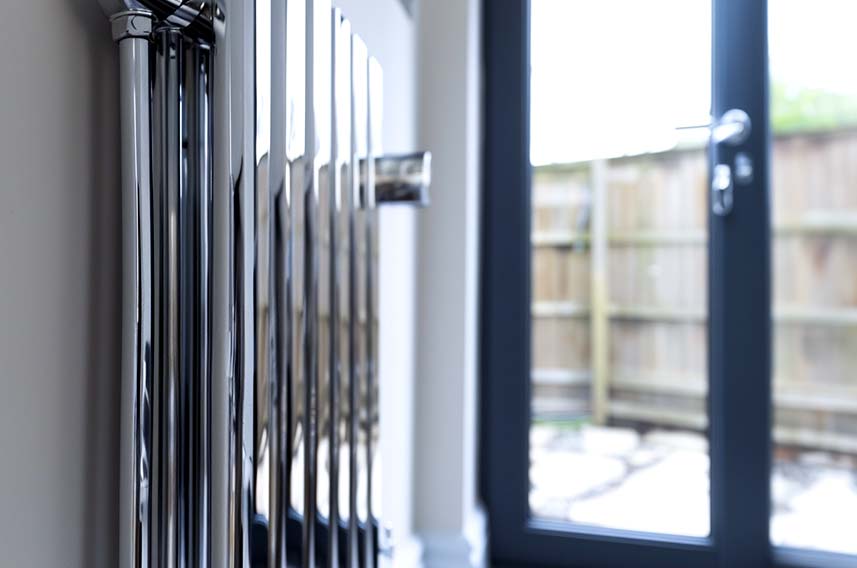
Follow these steps for effective cleaning without compromising the chrome finish:
Ensure Heating System is Off
Always initiate the cleaning process when the radiator is cool, prioritising safety.
Dust Removal
Use a vacuum cleaner with a soft brush attachment or a gentle brush to eliminate loose dust and prevent scratches during the cleaning process.
Microfibre Cloth with Soapy Water
Dip a microfibre cloth into a soap and water solution.
Gently wipe the chrome surface, ensuring a thorough clean without damaging the finish.
This method efficiently removes grime while being gentle on the chrome.
Avoid Abrasive Cleaners
Steer clear of abrasive cleaners as they can scratch or damage the chrome finish.
Opt for milder cleaning solutions to preserve the radiator’s aesthetic appeal.
Dry with a Clean Cloth
After cleaning, ensure the radiator is thoroughly dry.
This step prevents water spots from forming on the chrome surface, maintaining its gleaming and polished look.
What to Avoid When Cleaning Your Radiator?
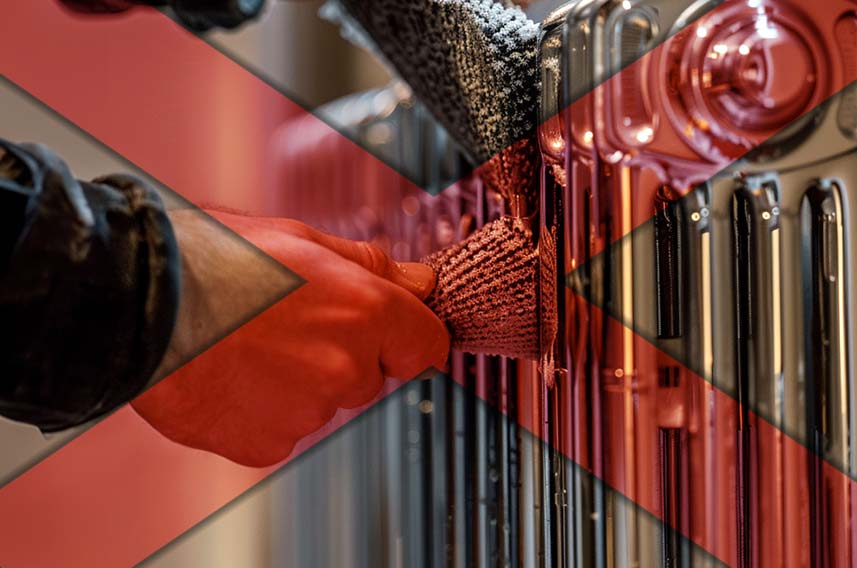
Here’s what to steer clear of during the cleaning process:
Abrasive Cleaners
Avoid using harsh or abrasive cleaners on your radiator.
These can scratch or damage the surface, compromising both its functionality and aesthetic appeal.
Sharp Objects
Refrain from using sharp objects to remove stubborn grime or debris.
These can scratch or dent the radiator’s surface, leading to permanent damage.
Heat
Always ensure the radiator is cool or cold when cleaning it.
Ignoring this could result in minor burns.
What are the Benefits to Having a Clean Radiator?
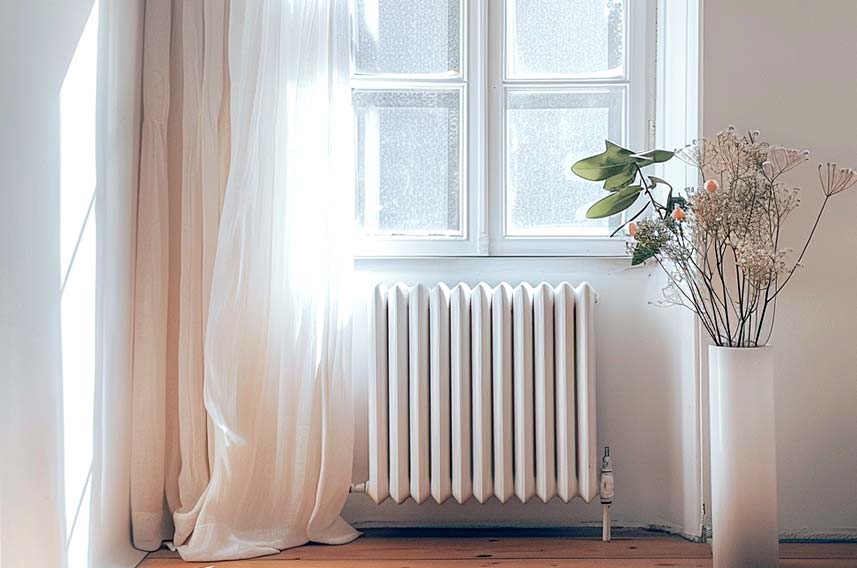
Efficient Heating
A primary benefit of a clean radiator is improved heating efficiency.
Dust and debris accumulation on the radiator’s surface can hinder heat distribution.
Regular cleaning ensures that the radiator functions optimally, keeping your home comfortably warm.
Improved Air Quality
A clean radiator plays a role in maintaining good indoor air quality.
Dust particles circulating in the air can settle on the radiator; with each heating cycle, these particles may be released back into the air.
Regular cleaning prevents the circulation of allergens, contributing to a healthier living environment.
Prolonged Lifespan
Cleaning removes debris that can contribute to corrosion and deterioration.
By preventing the build-up of damaging elements, you extend the radiator’s lifespan, saving you from premature replacements or repairs.
Enhanced Aesthetics
A clean radiator enhances the overall aesthetics of your home.
Radiators are often noticeable in a room, and a well-maintained, gleaming radiator contributes to the visual appeal of the space.
How Often Should You Clean a Radiator?
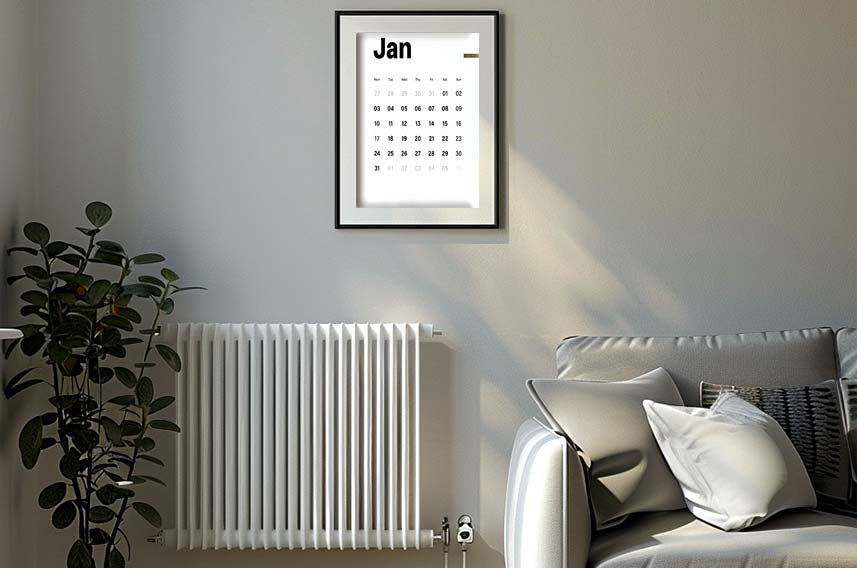
However, a general guideline can help you maintain an efficient and aesthetically pleasing heating system.
Seasonal Cleaning
It’s advisable to perform a thorough radiator cleaning at least once a year.
Ideally, schedule this task during the warmer months when the heating system is not in constant use.
This ensures that your radiator is ready for peak performance when the colder seasons arrive.
Regular Dusting
While a comprehensive cleaning once a year is essential, regular dusting should be part of your routine.
Dust can accumulate quickly, especially in high-traffic areas.
Use a soft brush or a vacuum cleaner with a brush attachment to remove surface dust regularly.
Monitor Environmental Factors
Consider the environmental conditions of your living space.
If you reside in an area with high dust levels, more frequent cleaning may be necessary.
Similarly, if you have pets, their dander can contribute to quicker dust build-up on the radiator.
Watch for Efficiency Signs
Pay attention to the efficiency of your heating system.
If you notice reduced heat output or uneven heating, it might be an indication that your radiator needs cleaning.
Conclusion
You should now know exactly how to clean a radiator, whether it be a classic white one, or a modern chrome design.
Maintaining a clean radiator is a simple yet impactful way to ensure efficient heating, improve indoor air quality, and enhance the overall aesthetics of your home.
By following these straightforward steps and avoiding common pitfalls, you can keep your radiator functioning optimally and create a cosy, comfortable living space.
For more cleaning tips, or to hire a professional cleaner, get in touch with us here at ECMS.
Request a Callback
Recent Posts
- 10 Common Saniflo Toilet Troubleshooting Solutions 01th Jul 2025
- Importance of Personal Hygiene at Work 01th Jun 2025
- How to Clean a Toilet Brush 01th May 2025
- How to Clean Painted Walls 01th Apr 2025
- How to Get Oil Stains Out of Carpet 01th Mar 2025
- How to Clean a Fridge and Remove Bad Smells 01th Feb 2025
- How to Get Coffee Stains Out of a Carpet 01th Jan 2025
- How to Clean Gutters Correctly 01th Dec 2024
- What is PAT Testing? 01th Nov 2024
- How to Clean an Oven 01th Oct 2024

